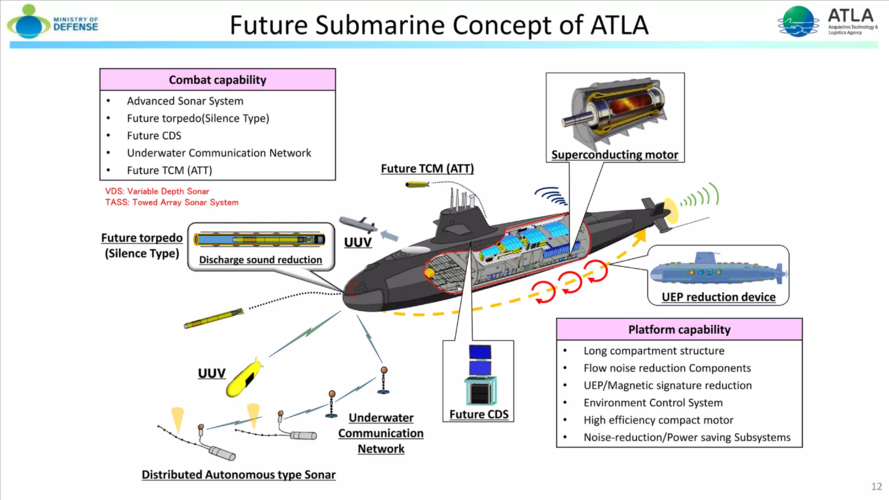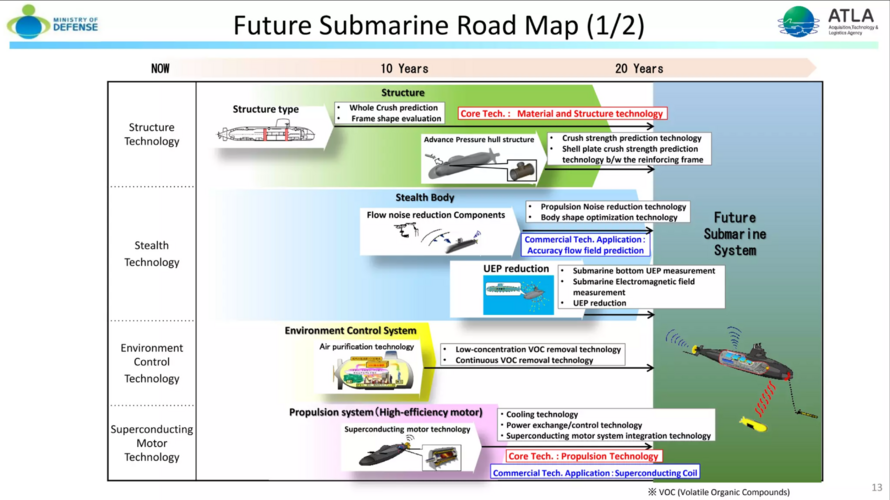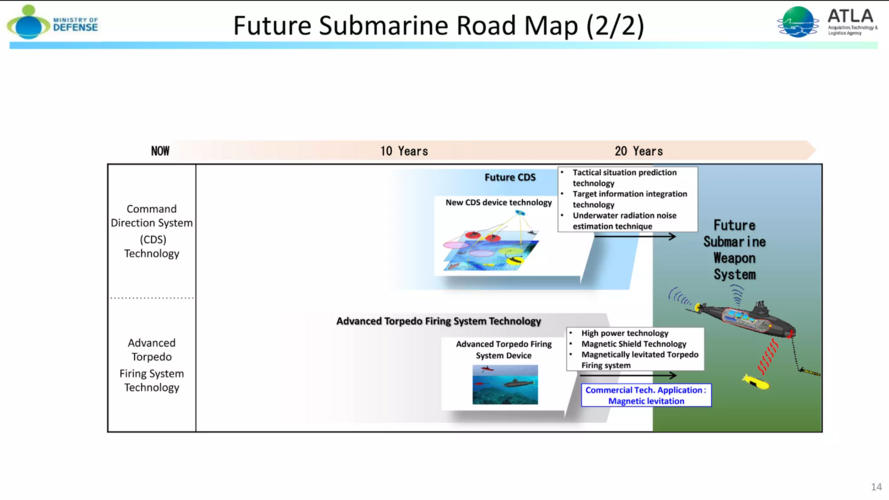- Joined
- 9 October 2009
- Messages
- 21,147
- Reaction score
- 12,249

Japan begins development of its next-gen attack submarines, the 29SS
Apparently, Japan has commenced research, design and development for the successor to its Soryu-class attack submarines, which entered service in 2009. Thi
Mitsubishi Heavy Industries (MHI), Japan’s leading submarine builder, has unveiled provisional designs for what is tentatively being designated as the 29SS submarine design, with the first submarine scheduled to be introduced in service in the late-2020s. The R&D phase will take place from 2025 to 2028, and the first ship of this class will probably be launched around 2031.
It is expected that while the 29SS submarine will retain the general hull form of the earlier Soryu-class vessels, the new vessels will incorporate a range of important design changes, including a substantially reduced sail, which is expected to be blended into the hull with the aim of reducing hydrodynamic drag, helping to lower the noise signature of the submarines, while the dive planes will be moved from the sail to the hull.
Additionally, it is expected that the 29SS will include a pumpjet as opposed to the traditional propeller for propulsion, in a similar fashion to what is expected to be introduced on Australia’s future Attack Class submarines.
29SS will likely retain the same armament as the Soryu boats, which consist of six bow-mounted 533-millimetre torpedo tubes. The submarine can carry up to 30 torpedo-launched weapons, a mixture of Type 89 heavyweight torpedo and the Sub Harpoon anti-ship missile. Although there is a general trend towards installing vertical launch silos behind a submarine’s sail, Japan does not have the missiles to fill them.





![1731459599302[1].jpg 1731459599302[1].jpg](https://www.secretprojects.co.uk/data/attachments/283/283781-e337ac4c51e68075cc033b892675a8d1.jpg)